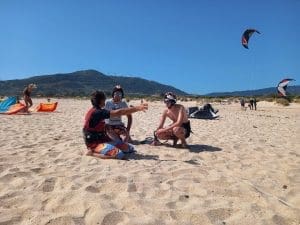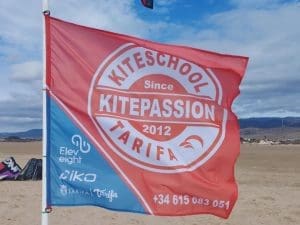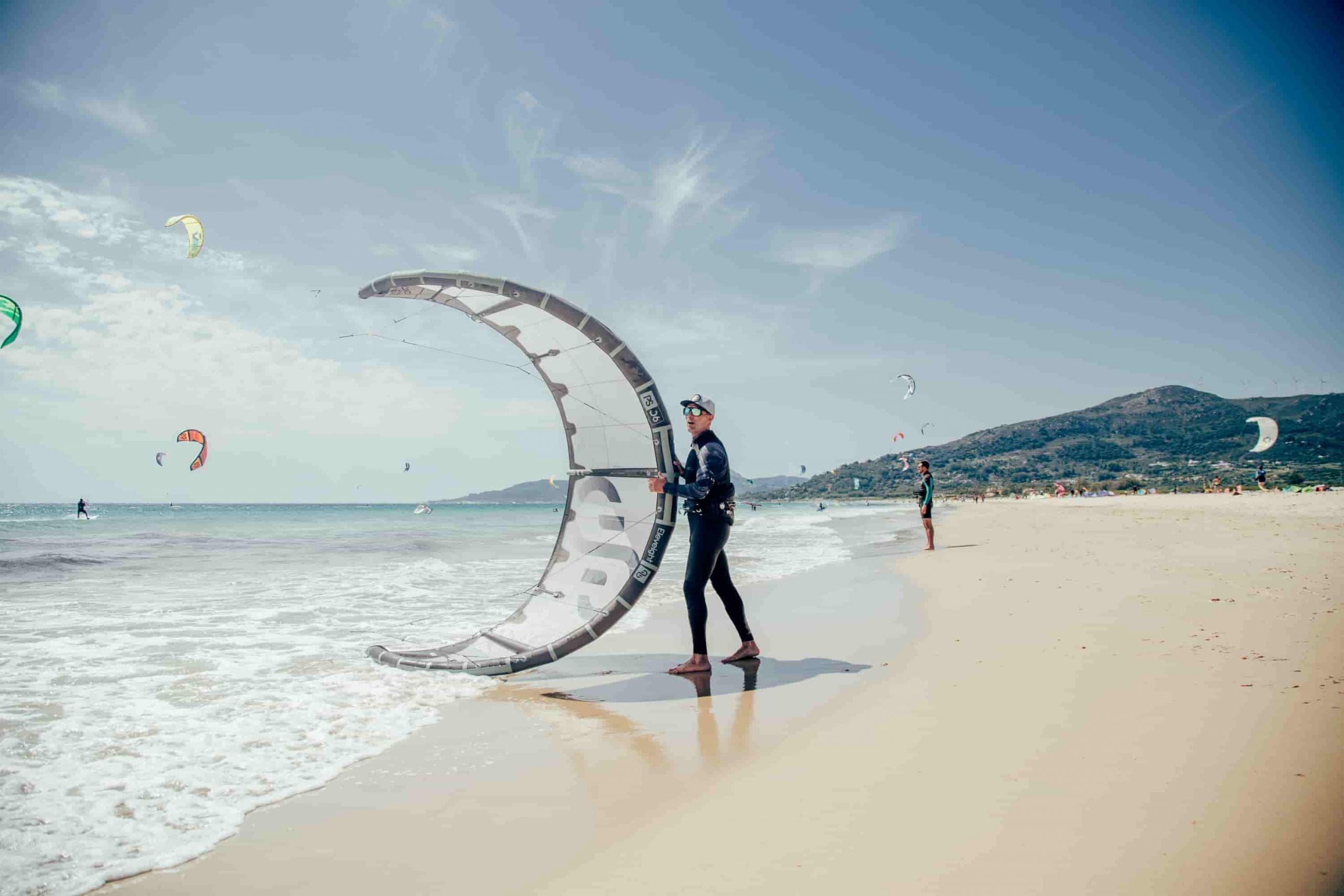A very important aspect to keep in mind while kitesurfing is the passing rules.
A very important aspect that it seems that no one respects or even knows about. Once you are an independent kitesurfer.
On days with a large influx of kites on the beaches of Tarifa, such as this past summer of 2023 in Valdevaqueros or Los Lances Norte, they are very important to avoid accidents and collisions.
Remember that safety comes first and to avoid problems you must know them.
At Kitepassion Tarifa Kiteschool we want to give you the most useful information and in many cases we get the impression that many riders, even if they are experienced, are unaware of these important rules.
IKO (International Kiteboarding Organization) indicates the following passing rules:
-
Rule number 1: The kiter who enters the water from the beach has priority over the one who is in the water.
-
Rule number 2: Whenever you have your right hand in front, you have priority, therefore, the one who has his left hand in front has to move his kite away.
-
Rule number 3: When two riders are sailing in the same direction, if the one behind goes faster than the one before him. Whoever is behind has to change the direction of navigation. In this way collisions are avoided.
-
Rule number 4: You have priority of way when you are surfing the wave, over another kiter who is jumping or sailing in the opposite direction.
-
Rule number 5: We will always give users the right of way on the beach and in the sea. Kiters must navigate downwind of possible obstacles or swimmers.
-
Rule number 6: When jumping the rider must take into account a safe space of approximately 50 meters downwind, and approximately 30 meters upwind.
These kitesurfing rules of passage are standard throughout the world and will be very helpful to avoid collisions and possible unwanted accidents.
There are a series of Rules that are imposed by the Maritime Regulations and other Recommendations of practice and good use. Hence, I am going to make a distinction between Rules and Recommendations, which are imposed on us in the same way.
RULES:
1.- The practice of any nautical sport is prohibited at least 200 meters from the beach and 50 meters from the coast. That is, you can only navigate and it is legal to do so from the yellow buoys that legally delimit said area.

2.- You must be ABSOLUTELY RESPECTFUL with bathers in any case, with divers, with all floating devices (windsurfers, inflatable boats), with sailing boats, with which we must always observe the rules to avoid collision, with navigation channels, etc.
Respect for bathers:
They are ALWAYS right since our permitted area is the one from the two hundred meter yellow demarcation buoys (and if they are not in place we will have to calculate it with a good eye) regardless of whether we are tolerated kitesurfing within the area. they.
If you decide to settle down with your towels, umbrellas and more IN THE KITE MANEUVER AREA* that we have been occupying throughout these years. It is also a TOLERATE area, not ALLOWED, for our use and enjoyment and they have every right in the world to settle in it and not be disturbed.
Respect for windsurfers:
a.- There is an area that windsurfers use to practice their sport, which they have been practicing in this Spot for more than thirty years. ABSOLUTE RESPECT TOO, respecting the Port-Windward rule and ALWAYS raise your lines so as not to intimidate them, whether you have preference or not.
They don’t know how you are going to react, although you do.
Try not to navigate its cut and make the transition to the permitted two hundred meter zone as quickly as possible so as not to get in the way.
A practical measure to avoid hindering a windsurfer is to always pass through their lee, even if you have the right of way, so that the lines do not interfere with their path and give them a feeling of security due to the impossibility of us attacking them by accident.
If you opt for this measure, try to warn with your arm the trajectory you are going to follow or maneuver with enough advance notice so that the windsurfer does not begin his respectful maneuver.
SUITABLE KITESURF EQUIPMENT
The danger is largely determined by incorrect use of the material and this area is as dangerous in the event of an accident as others due to the nearby presence of ships from the port, the hardness of the ground due to the poor quality of the sand.
The wooden posts that delimit the right of way next to the beach and the beach bar in the area.
As well as the buildings, which, although not as close to the beach as others in the area, are still close to the beach.
Therefore, the area delimited for kites is only indicative of where bathers do not go in summer, not safety.
There is no completely safe and danger-free area in this Spot. (nor in any).

Your safety depends only on you. Use the appropriate material and follow the safety rules that you have been taught in the training courses at the School that you have learned.
Tell you that if you are wanting to learn to kitesurf, for your safety, you must book your course at Schools affiliated with the Spanish Sailing Federation or the IKO, with a license from the Ministry of Education to teach classes; with Administrative Concession from the City Council for the private exploitation of public areas, perfectly delimited and marked on the Beach; with Canal also buoyed, in the water granted by Costas for practical lessons.
More info: Juan I. Fernández 615683051



